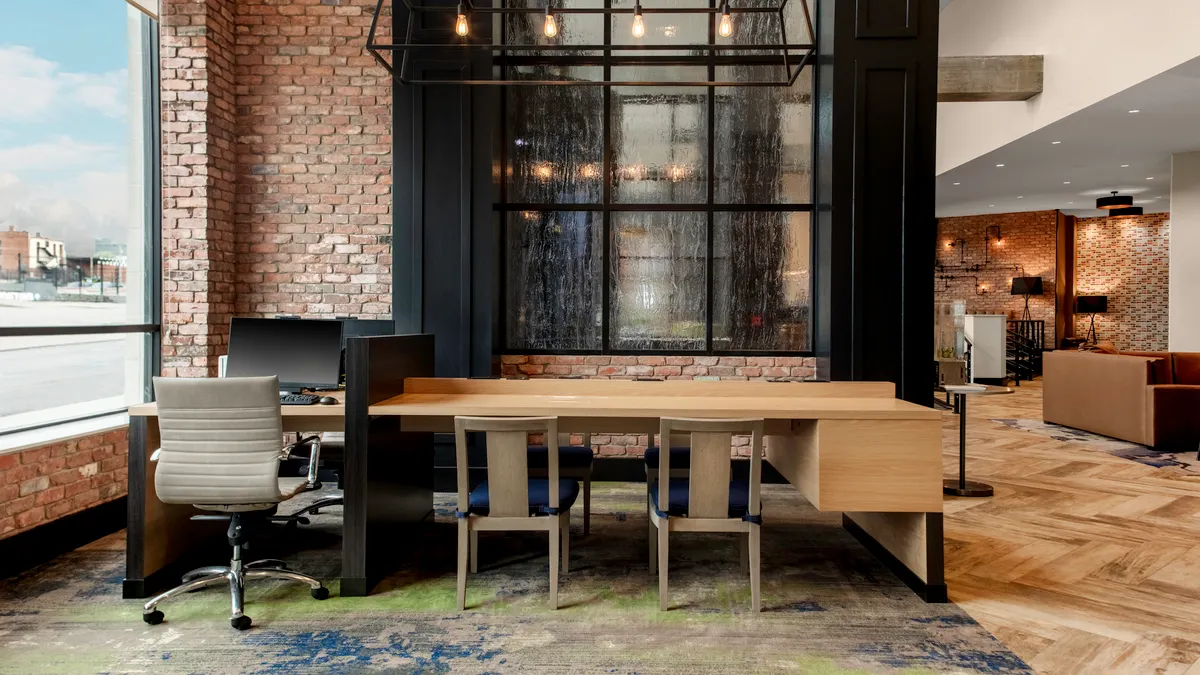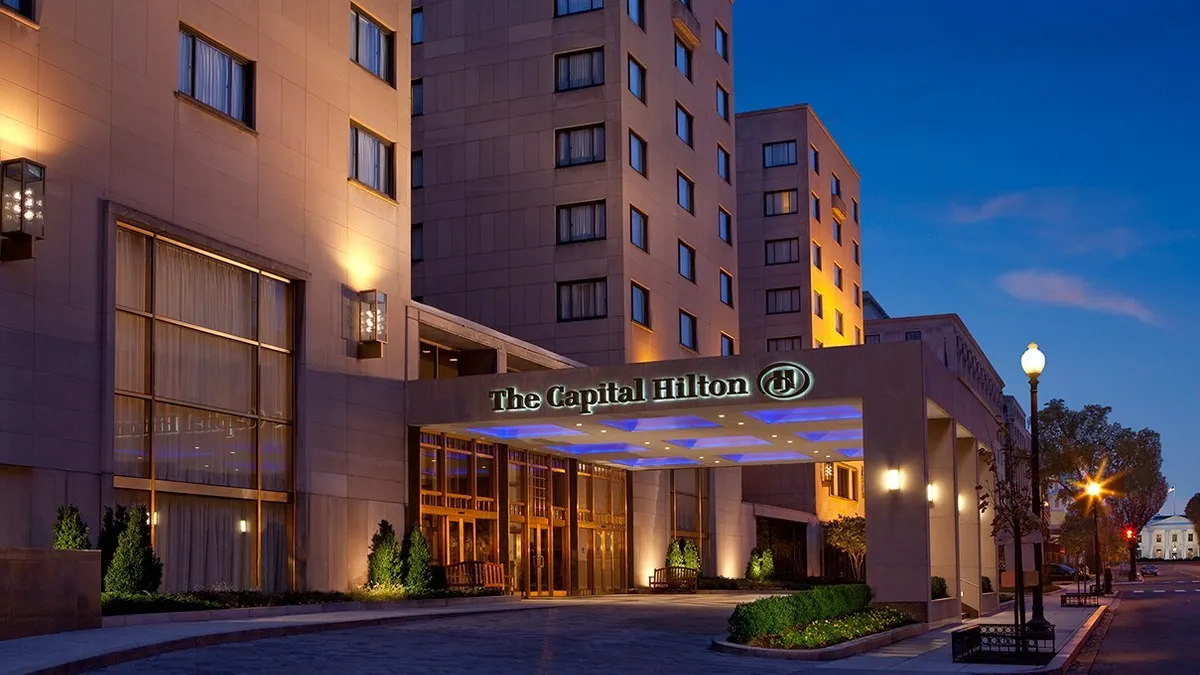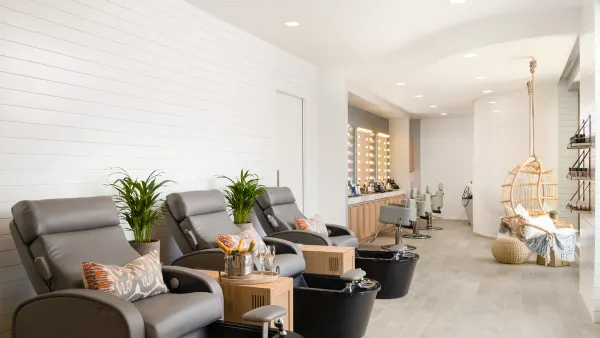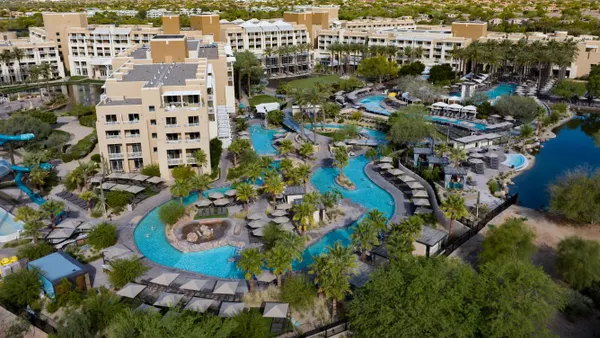The following is a guest post from Lisa A. Haude, senior vice president and director of interiors at LK Architecture. Opinions are the author’s own.
Once considered a niche segment of the hospitality industry, extended stay hotels are now capturing the attention of boutique, lifestyle and luxury brands. The trend was initially fueled by the pandemic, but has evolved into a long-term movement. As people returned to work and resumed travel, whether for business or leisure, guests began seeking the value and comfort of extended stays, paired with the amenities, consistency and rewards programs typically associated with traditional hotels.
This growing demand is more pronounced in the premium and upper upscale tier, particularly within urban and dense suburban markets. According to JLL, extended stay hotels will continue to offer “durable returns in a volatile market” in 2025, and traveler demand for these accommodations “surged” in 2024. As a result, interior design strategies have quickly changed to meet guests, regardless of whether they’re staying for the long haul or on a short-term basis.
Designing for today’s guests
Rather than just looking for a place to comfortably lay their heads at night, today’s guests are after hotels that support all facets of their lives. They’re seeking spaces that support work, relaxation, socialization and even cooking.
As designers, we’re responding to this by incorporating residential design cues that highlight openness, comfort and functionality. Open-concept layouts, for instance, are spacious and allow for fluid transitions between activities, and their thoughtful zoning allows guests to comfortably prepare a meal, sleep, work or lounge.
Luxurious touches like upscale bedding, efficient storage solutions and warm lighting help create a stylish and welcoming home-away-from-home feeling. Outdoor amenities such as apartment-style patios or shared lounges also offer guests opportunities for downtime and leisure, which is crucial for those checking in for weeks or even months at a time.
Flexibility as the new luxury
It comes as no surprise that the rise of remote work has influenced hospitality and even residential design. This rise has turned flexibility into a must-have feature. In-room electrical integration, high-speed Wi-Fi and furniture that serves multiple purposes — like desks that double as dining tables — are no longer nice-to-haves. They are core requirements.
The same design principles apply in public spaces. Co-working lounges, outdoor seating areas and adaptable communal zones are key to creating an environment where guests can truly live and work.
This flexibility extends to the emotional needs of guests. A successful extended stay environment must feel rooted in its location. Designing with a strong sense of place can help evoke feelings of comfort, familiarity and belonging, making guests feel genuinely at home. Crafting a design narrative that fosters a unique sense of place helps guests feel emotionally connected to the property. By incorporating locally sourced materials, artwork and design elements, the property becomes grounded in its surroundings.
Future-proof design
Looking ahead, the extended stay segment will continue to see innovation driven by guest expectations and competition from platforms like Airbnb and Vrbo. Programs such as Marriott Bonvoy’s Homes & Villas portfolio are already blurring the lines between residential and hotel experiences, offering curated spaces with luxury sensibilities and loyalty perks. Similar to the Autograph Collection and Tribute Portfolio, these unique, residential-style properties appeal to travelers seeking economical options that prioritize comfort and convenience.
As demand for extended stays continues to rise, so, too, will the need for design that combines personalization, luxury, and function. To stay competitive, hospitality brands must continue to push the boundaries of what extended stay can mean, from loyalty-driven perks to even greater personalization in design. Success in this space will come from balancing functional excellence with emotional resonance and creating spaces that invite guests not just to stay, but to truly settle in.









